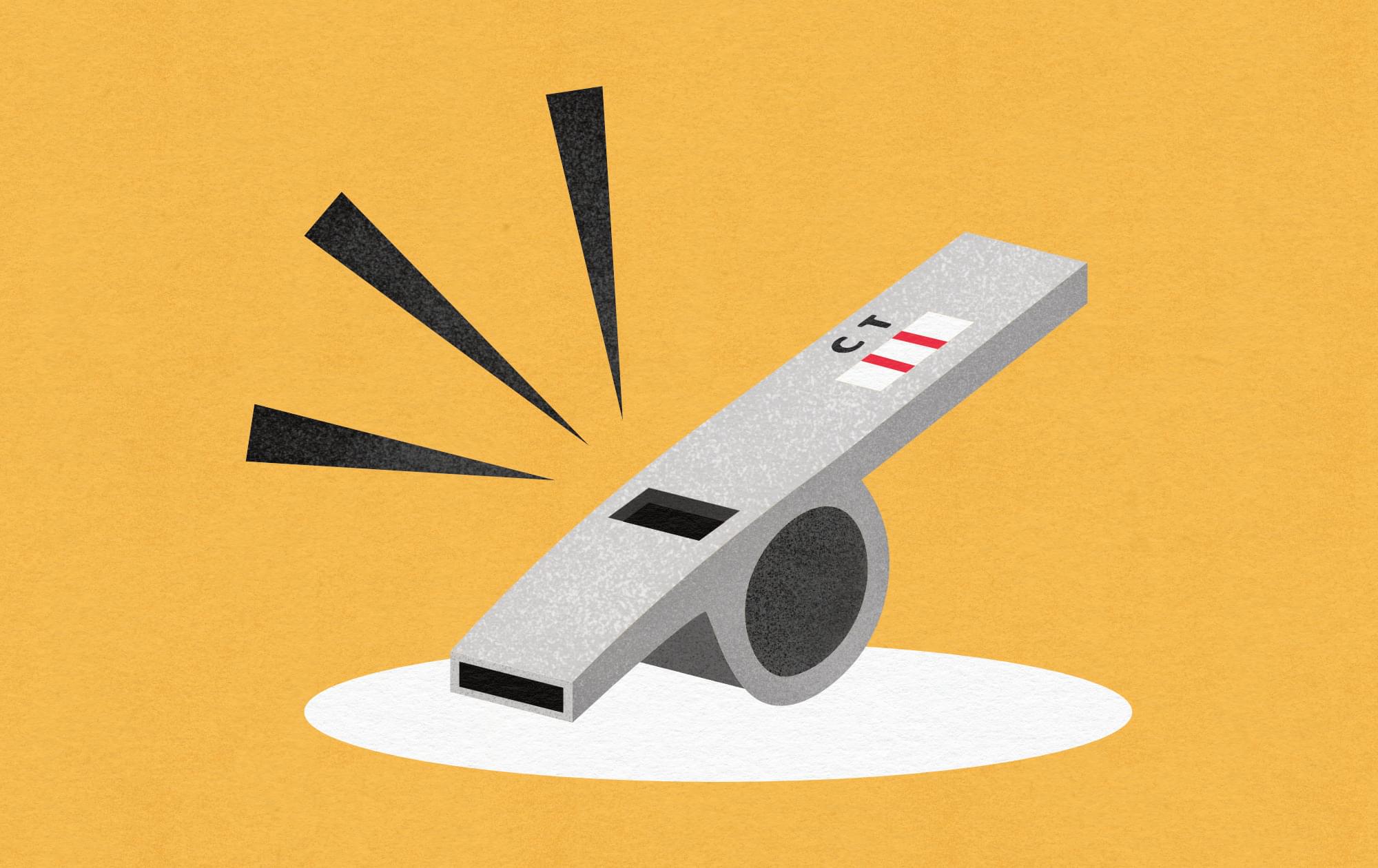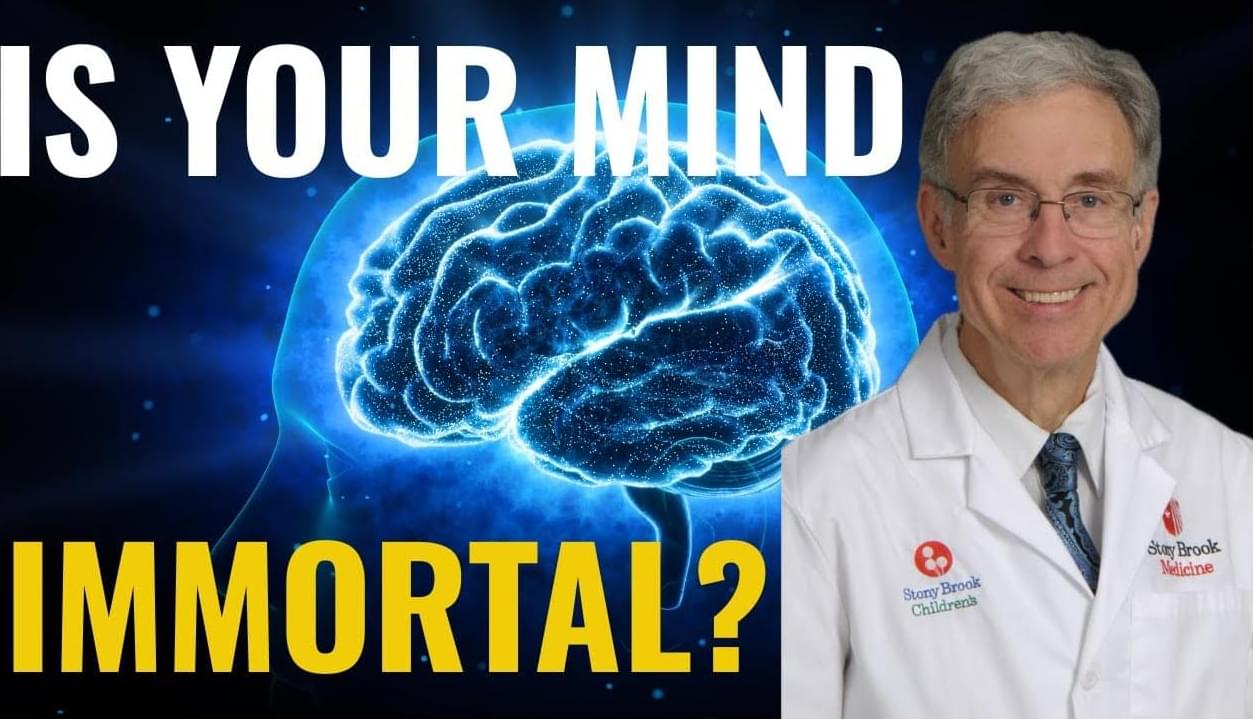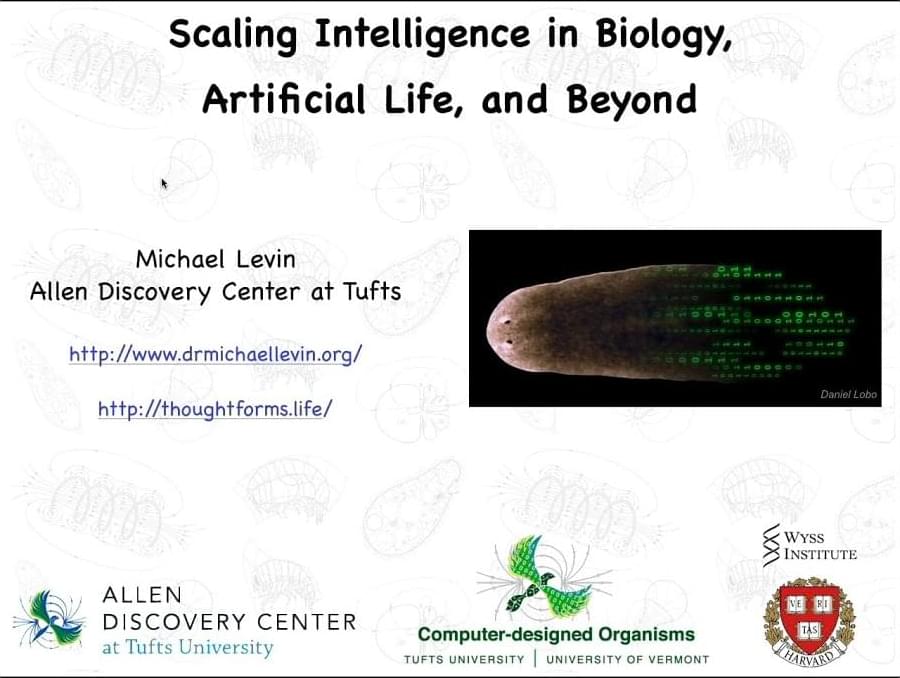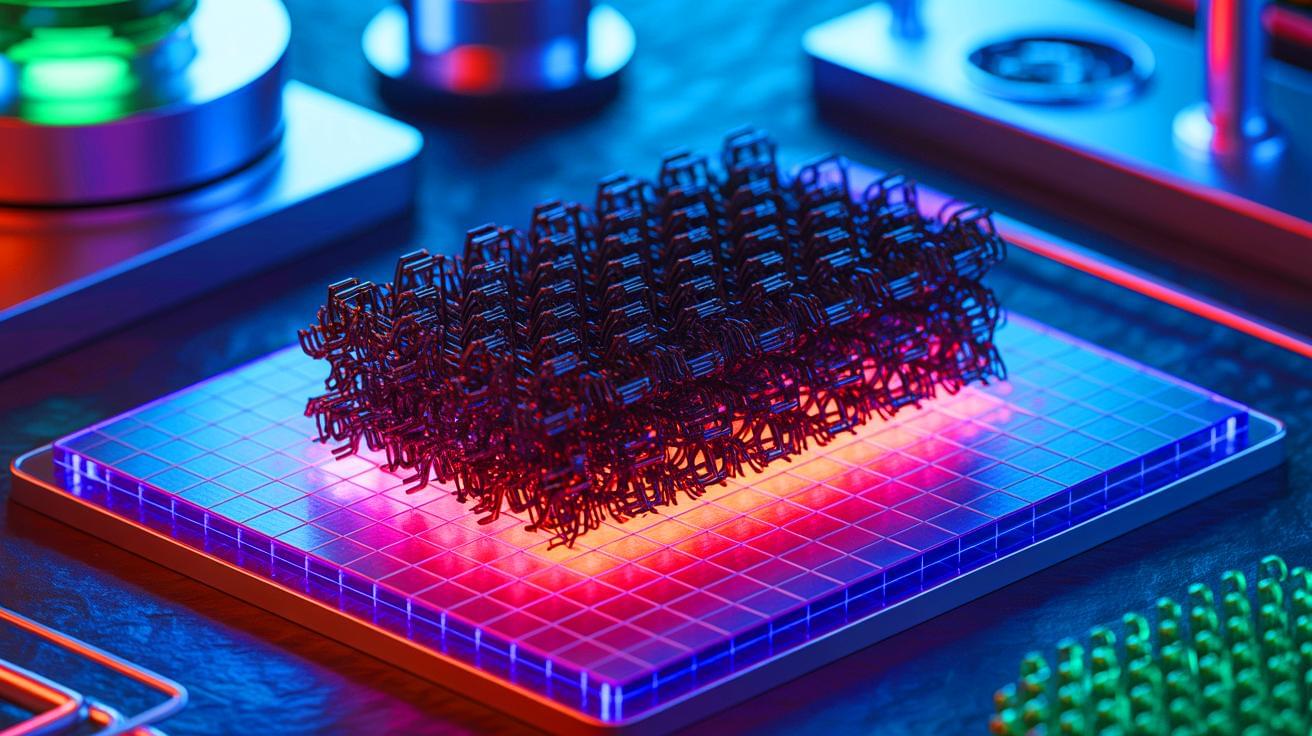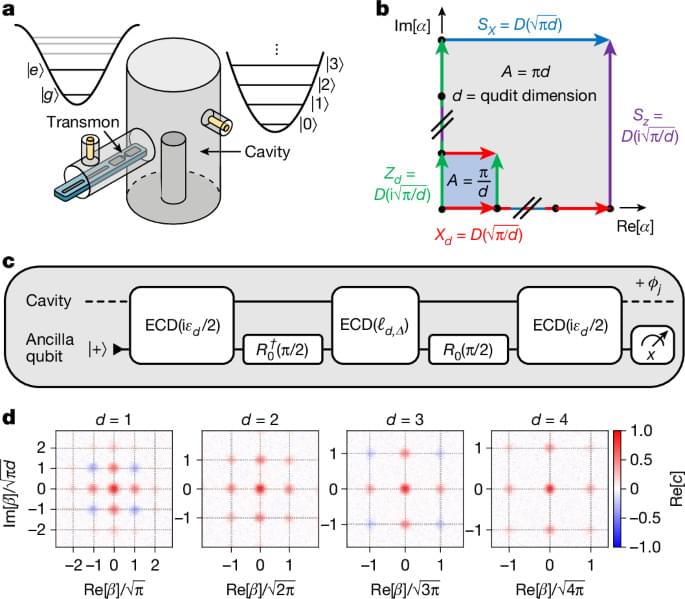Nuclear electric rockets could fly to Mars in as little as 45 days. Space firm SpaceNukes is developing the reactor to make this possible.
Researchers at UC Davis have fiddled with LSD at the atomic level and may have unlocked a potential game-changing treatment for schizophrenia. The new compound, known as JRT, might be able to repair the brain without making you trip balls.
The scientists, who posted their findings in the scientific journal Proceedings of the National Academy of Sciences, were toying with LSD atoms when they decided to, in their own words, do a “tire rotation.” This meant swapping the position of two atoms in LSD’s molecular structure.
That tiny change turned it from a powerful hallucinogen into something that can regrow brain cells in mice and mend neural pathways without launching your consciousness into the cosmos.
Accomplishing this and other experimental feats does require some safeguards. ZEUS includes optical devices known as diffraction gratings that stretch out the initial infrared pulse over time. This ensures the initial power doesn’t get so intense that it begins tearing apart the air around it.
Another goal is to ultimately create beams of electrons with energies similar to those found in particle accelerators hundreds of feet longer than ZEUS at a fraction of both its size and operating costs. At only $16 million to construct, the University of Michigan previously described the machine as a “bargain.”
Years of construction, calibration, and expertise is showcased in an astoundingly short amount of time. ZEUS’ 2 petawatt firing lasted just 25 quintillionths of a second. But future experiments will make the most of these moments.
Is your mind more than just your brain? Does the soul actually exist? These questions have been pondered for millennia. What does the latest scientific research suggest? On this episode of the ID The Future podcast, renowned neurosurgeon Dr. Michael Egnor begins a conversation with host @Andrew_McDiarmid about his new book The Immortal Mind: A Neurosurgeon’s Case for the Existence of the Soul. Egnor makes a powerful case that our capacity for thought, reason, and free will points to something beyond mere brain function.
After defining terms, Egnor begins exploring the compelling evidence he has gathered across four decades of practice in neurosurgery. He recounts the remarkable results of split-brain surgery, where patients whose brain hemispheres are functionally disconnected still feel like one person and can process information presented separately to each hemisphere. This implies a part of their mind is not solely located in their brain. You’ll also hear about conjoined twins who share brain parts but maintain distinct intellects and free will, highlighting which aspects of the soul are not brain-based and cannot be shared.
Along the way, Dr. Egnor also boldly challenges the Darwinian view of the mind’s evolution, arguing that abstract thought and free will are immaterial and could not have arisen through natural selection. Learn why Dr. Egnor believes nature is not a closed system and that science alone cannot fully interpret its own findings. Drawing on ancient philosophers like Aristotle and Thomas Aquinas, he presents arguments for a cause outside of nature.
This is Part 1 of a two-part interview. In Part 2, we’ll explore Dr. Egnor’s personal journey from atheism to theism and more evidence for the immortality of the mind and the existence of the soul.
Enjoy more ID The Future here:
#neuroscience #intelligentdesign #mind #brain.
This is a ~20 minute very rapid talk reviewing ideas around the scaling of intelligence in unconventional substrates.
“Light Out, Power Up”: Carbon Nanotubes Discovered Emitting More Energetic Light Than They Absorb in Groundbreaking Quantum Breakthrough
Posted in nanotechnology, quantum physics, solar power, sustainability | Leave a Comment on “Light Out, Power Up”: Carbon Nanotubes Discovered Emitting More Energetic Light Than They Absorb in Groundbreaking Quantum Breakthrough
IN A NUTSHELL 🌟 Scientists at Japan’s RIKEN Center for Advanced Photonics have discovered that carbon nanotubes can emit more energetic light than they absorb. 🔍 The phenomenon, known as up-conversion photoluminescence (UCPL), occurs even in pristine nanotubes, defying previous theories requiring structural defects. ☀️ This discovery holds potential for enhancing solar energy efficiency by.
Quantum error correction of a logical qutrit and ququart were experimentally realized beyond the break-even point with the Gottesman–Kitaev–Preskill bosonic code.
The brain is much less like a machine than it is like the murmurations of a flock of starlings or an orchestral symphony
Nvidia CEO Jensen Huang made a slew of announcements and revealed new products on Monday, aiming to sustain its leadership in AI computing.


